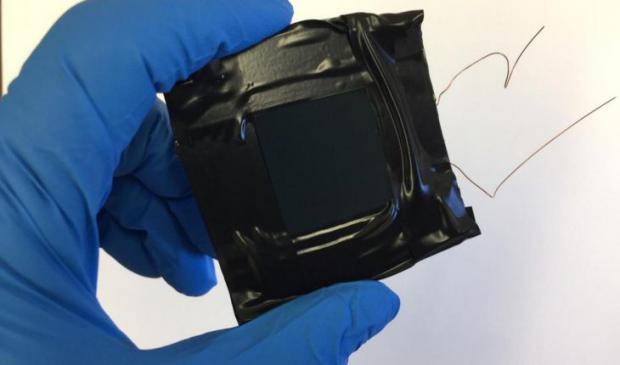
Breaking News
 2 Hours of Retro Sci-Fi Christmas Songs | Atomic-Age Christmas at a Snowy Ski Resort
2 Hours of Retro Sci-Fi Christmas Songs | Atomic-Age Christmas at a Snowy Ski Resort
 Alternative Ways to Buy Farmland
Alternative Ways to Buy Farmland
 LED lights are DEVASTATING our bodies, here's why | Redacted w Clayton Morris
LED lights are DEVASTATING our bodies, here's why | Redacted w Clayton Morris
Top Tech News
 Travel gadget promises to dry and iron your clothes – totally hands-free
Travel gadget promises to dry and iron your clothes – totally hands-free
 Perfect Aircrete, Kitchen Ingredients.
Perfect Aircrete, Kitchen Ingredients.
 Futuristic pixel-raising display lets you feel what's onscreen
Futuristic pixel-raising display lets you feel what's onscreen
 Cutting-Edge Facility Generates Pure Water and Hydrogen Fuel from Seawater for Mere Pennies
Cutting-Edge Facility Generates Pure Water and Hydrogen Fuel from Seawater for Mere Pennies
 This tiny dev board is packed with features for ambitious makers
This tiny dev board is packed with features for ambitious makers
 Scientists Discover Gel to Regrow Tooth Enamel
Scientists Discover Gel to Regrow Tooth Enamel
 Vitamin C and Dandelion Root Killing Cancer Cells -- as Former CDC Director Calls for COVID-19...
Vitamin C and Dandelion Root Killing Cancer Cells -- as Former CDC Director Calls for COVID-19...
 Galactic Brain: US firm plans space-based data centers, power grid to challenge China
Galactic Brain: US firm plans space-based data centers, power grid to challenge China
 A microbial cleanup for glyphosate just earned a patent. Here's why that matters
A microbial cleanup for glyphosate just earned a patent. Here's why that matters
 Japan Breaks Internet Speed Record with 5 Million Times Faster Data Transfer
Japan Breaks Internet Speed Record with 5 Million Times Faster Data Transfer
Commercial Perovskite solar cells at 10 cents per watt could soon bring lower cost energy

Lower cost
There are estimates that perovskite solar panels could cost just 10 to 20 cents per watt, compared to 75 cents per watt for traditional silicon-based panels — anywhere from 3X to 8X cost savings.
* The ingredients used to create perovskite are widely available and inexpensive to combine, since it can be done at relatively low temperatures (around 100ºC). Silicon cells need to be heated to high temperatures (as high as 900ºC) to remove defects, which is a costly process.
* Silicate perovskite may form up to 93% of the lower mantle, and the magnesium iron form is considered to be the most abundant mineral in Planet Earth, making up 38% of its volume.
* Versatility: Perovskite rolls have a thin, flexible and lightweight structure due to this processing, unlike silicon wafers, which tend to be thick, heavy and rigid. Because of this versatility, perovskite could theoretically be placed on roof shingles, windows or pretty much any surface imaginable. This versatility is what could enable solar to reach a scale that eventually eliminates dependence on fossil fuels entirely.

 $100 SILVER CONFIRMED?
$100 SILVER CONFIRMED?

